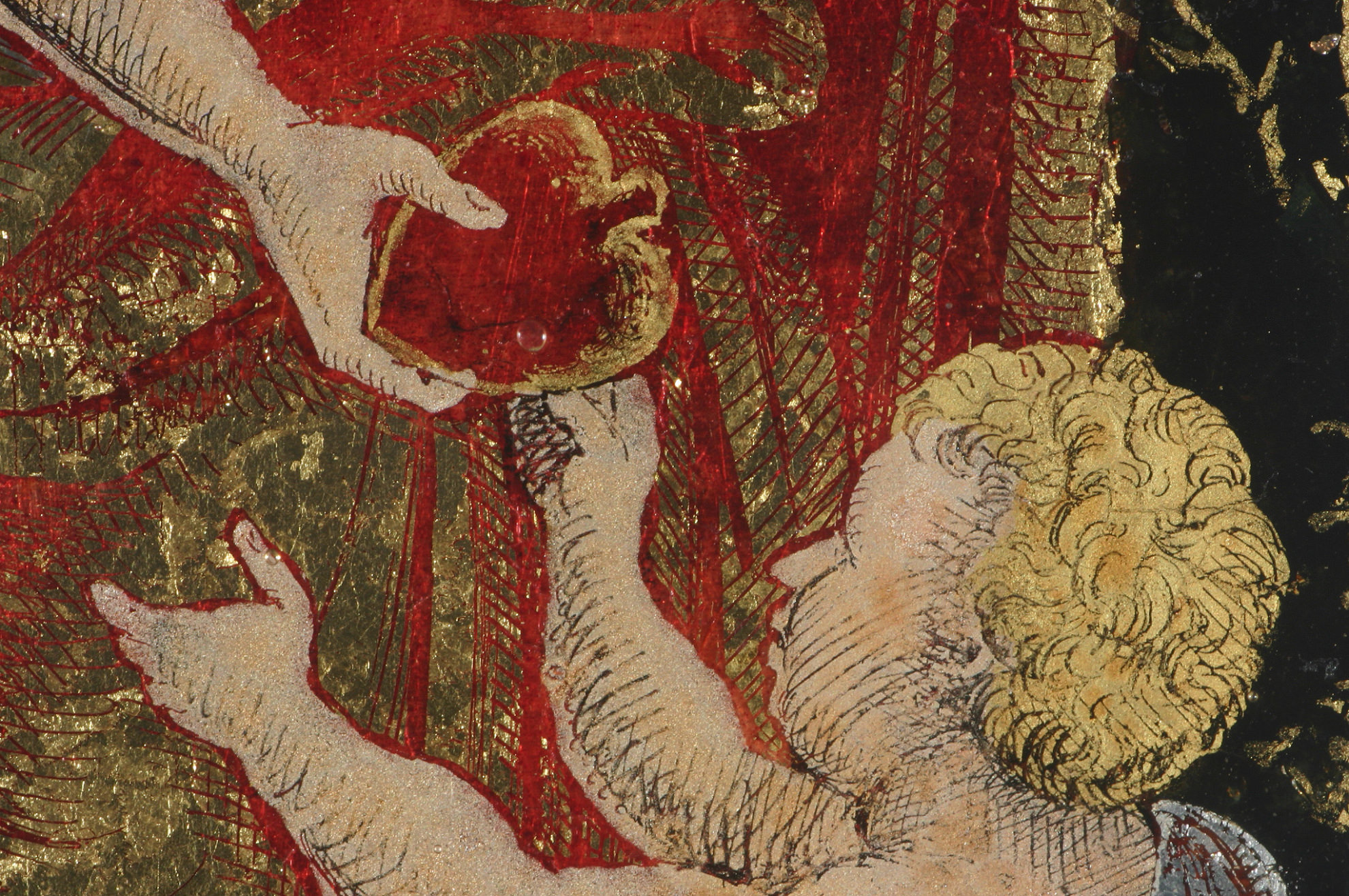Reverse Painting on Glass
In the past, the technique of reverse glass paintings was often considered to be part of the stained glass genre. Stained glass is a decoration that is fused to the transparent ground in a kiln and is to be viewed by transmitted light. Reverse glass painting is an art form consisting of applying paint to a panel of glass and then viewing the image by turning the glass over and looking through the glass at the image. The result on the front is therefore a mirror image of that on the back. Reverse glass painting includes a variety of techniques, like painting behind glass, reverse foil engraving, églomisé or amelierung.
The refractive properties of the irregular glass surface created an effect which could not be achieved with any other technique. Different materials that can be used as picture carrier are rock crystal, amber or muscovite which all give the same effect and transparency as the use of glass.
Nowadays, wall paintings are the most commonly encountered reverse painted glass objects. However, glass vessels such as tankards and double walled bowls were also decorated in this way. Glass paintings will be found in architecture, cabinets and caskets, in mirrors and games, on beakers, goblets and decanters, as house altars, crosses and reliquaries, rings and thimbles.

